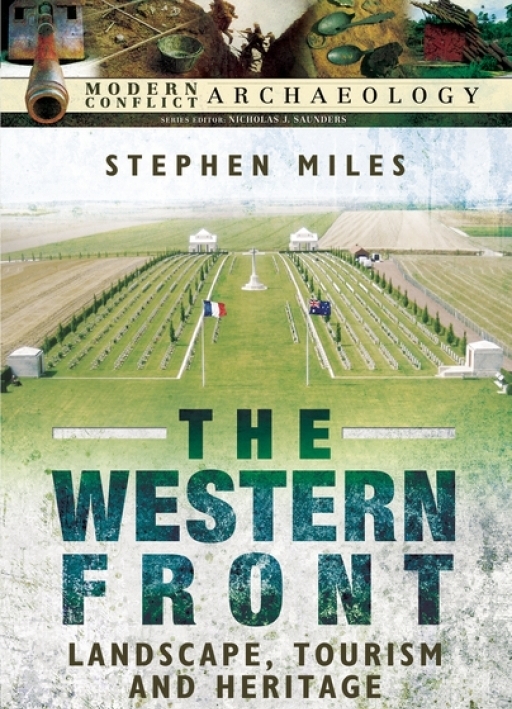Battlefield guide Victor Piuk discovers new perspectives in this study of how the landscapes of the Great War have influenced a century of commemoration and tourism.
As we sit in the middle of the centenary years of the First World War, there has been no shortage of new books published covering the conflict from a variety of angles. Most have dwelt on the great battles, with the Somme particularly well covered last year, but there have been books on the home front, the role of women and animals, and gratifying, views from the other side of the wire, looking at the German perspective of the war. One would expect this to continue until at least 2018, so a perhaps not unreasonable question to ask would be “Is there anything new to be said about the war?”
Well, the approach taken here by Dr Stephen Miles, of Glasgow University, is a new and interesting one.
With the last passing of the men themselves who fought the battles at the various front, he argues that the last witness is the ground itself. It is a view that is shared by the general public too as seen by the proliferation of companies offering battlefield tours which have seen a tremendous growth in the years leading up to the Centenary. And it is perhaps here that I should state a vested interest as I have been a professional Great War battlefield guide for almost 20 years and indeed I feature (anonymously) in the book.
Conflict
Dr Miles argues that the ground in itself in truth is neither neutral nor static. It is loaded with significance for those who are clearly drawn to it in ever-increasing numbers. And it remains a battlefield still in these modern times, with potential conflict between what should remain, how it should be preserved, presented and interpreted and the pressure of development for more modern and perhaps pressing needs.
The growing numbers of visitors, while perhaps bringing economic benefits, have also brought problems of traffic, pollution and a perceived lack of respect in some quarters of the “right kind of remembrance” especially from youngsters on the numerous school trips. Souvenirs, much enjoyed by Tommy Atkins himself, can also be criticised as kitsch or inappropriate such as beer and chocolate mini helmets.
I particularly enjoyed the section looking at the visitors who came from 1919 until a new conflict halted tourism and learned much from this. I was introduced to a new term too: “dark tourism” which attracts people who feels the need to visit places where bad things happen. Does the Western Front and its visitors fit this bill? A survey of attitudes of visitors conducted by Dr Miles throws out a wide range of views, some very moving and thought-provoking.
A huge amount of research has gone into this book and it does open new perspectives on a war whose interest will surely survive way beyond the Centenary years.
It’s interesting to see that the title is part of a series planned by publishers Pen & Sword called Modern Conflict Archaeology. I believe anyone with an interest in the Great War and the development of battlefield studies and remembrance would find this a very good read.
The Western Front: Landscape, Tourism and Heritage is published by Pen & Sword Books.
